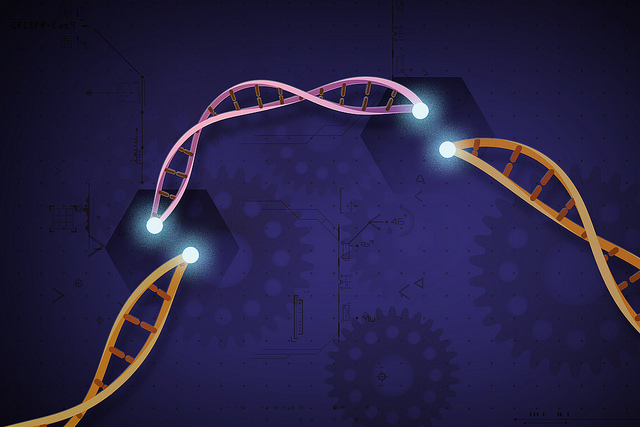Crispr'd Cells Show Promise in First US Human Safety Trial
By Megan Molteni,
WIRED
| 02. 06. 2020
Using genetically-edited cells to supercharge the immune system caused no adverse effects in cancer patients. It's too soon to tell if it can be a cure.
It’s been over three years since US regulators greenlit the nation’s first in-human test of Crispr’s disease-fighting potential, more than three years of waiting to find out if the much-hyped gene-editing technique could be safely used to beat back tough-to-treat cancers. Today, researchers from the University of Pennsylvania and Stanford finally revealed the first published report describing the trial. The highly anticipated results showed that the procedure is both safe and feasible; the Crispr’d cells went where they were supposed to go and survived for longer than expected. They didn’t cure anyone’s cancer, but they didn’t kill anyone, either, which means the results hold significant promise for the future of Crispr-based medicines.
The trial was small—just three people—and designed only to assess the technique’s safety. Last year, each cancer patient received infusions of about 100 million of their own T cells, which had been genetically modified in a University of Pennsylvania lab. There, researchers equipped the cells with souped up cancer-recognizing receptors and used Crispr to make them more efficient killing machines. These cells successfully joined up with the rest...
Related Articles
By Jonathan Matthews, GMWatch | 12.11.2025
In our first article in this series, we investigated the dark PR tactics that have accompanied Colossal Bioscience’s de-extinction disinformation campaign, in which transgenic cloned grey wolves have been showcased to the world as resurrected dire wolves – a...
By Jenny Lange, BioNews | 12.01.2025
A UK toddler with a rare genetic condition was the first person to receive a new gene therapy that appears to halt disease progression.
Oliver, now three years old, has Hunter syndrome, an inherited genetic disorder that leads to physical...
By Simar Bajaj, The New York Times | 11.27.2025
A common cold was enough to kill Cora Oakley.
Born in Morristown, N.J., with virtually no immune system, Cora was diagnosed with severe combined immunodeficiency, a rare genetic condition that leaves the body without key white blood cells.
It’s better...
By Rachel Hall, The Guardian | 11.30.2025
Couples are needlessly going through IVF because male infertility is under-researched, with the NHS too often failing to diagnose treatable causes, leading experts have said.
Poor understanding among GPs and a lack of specialists and NHS testing means male infertility...




